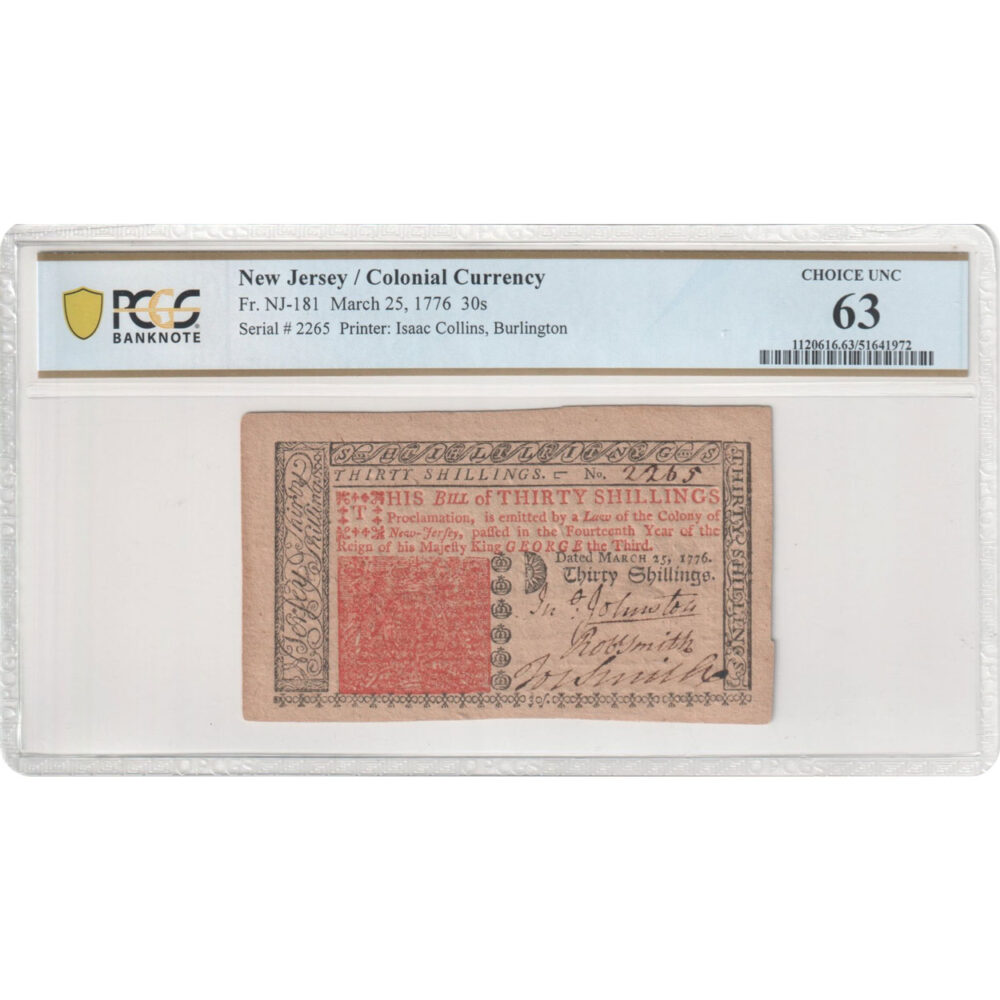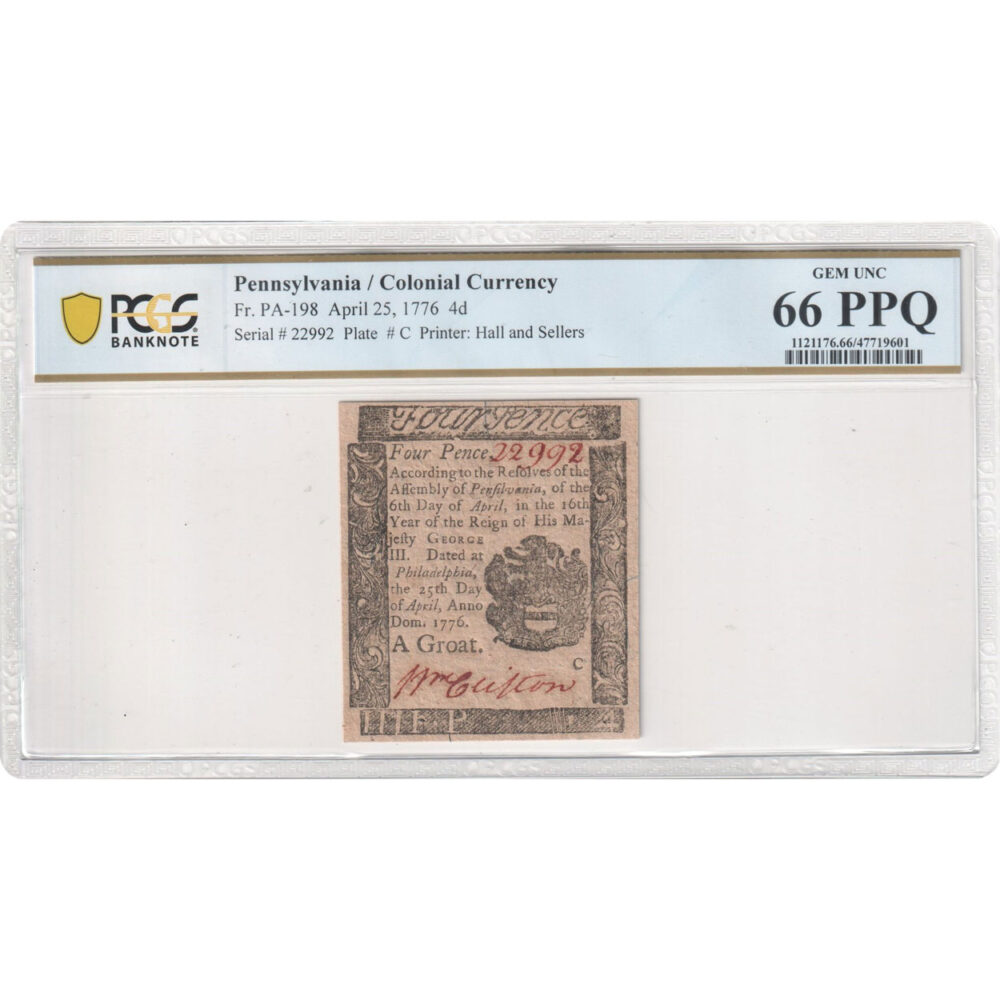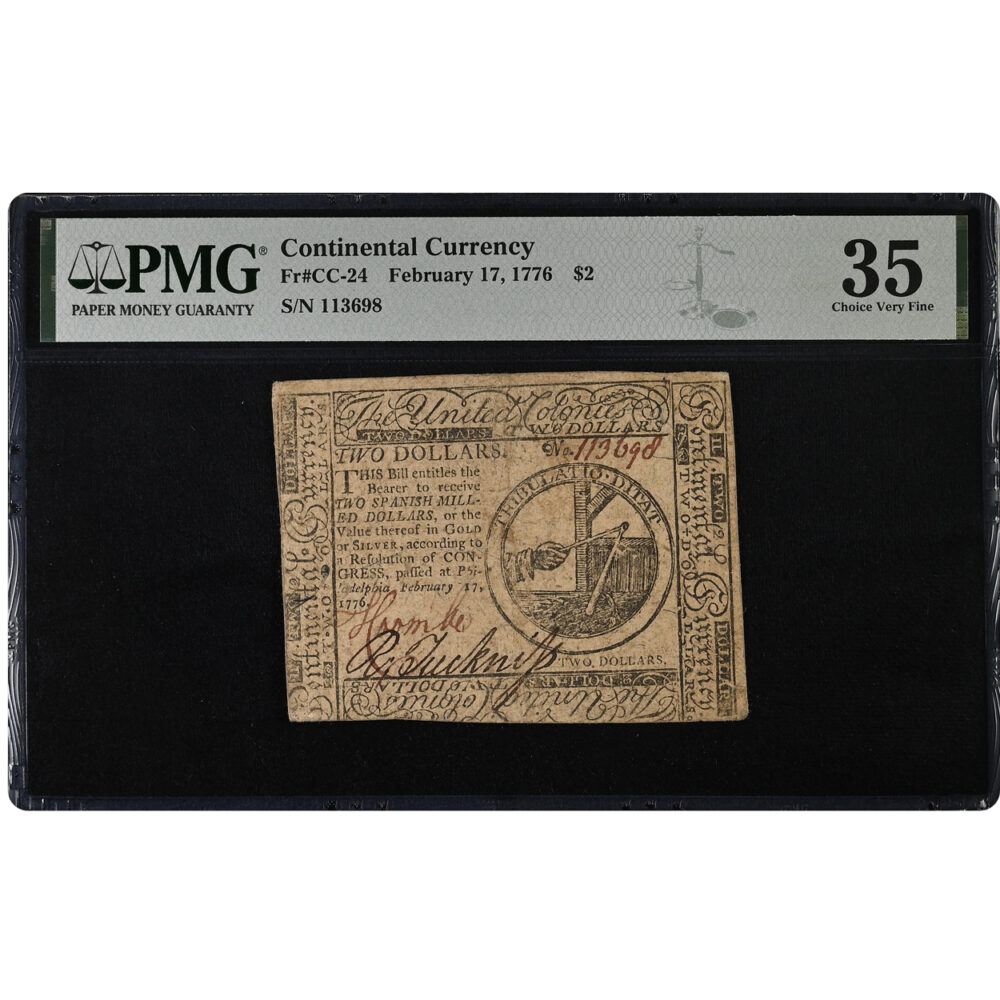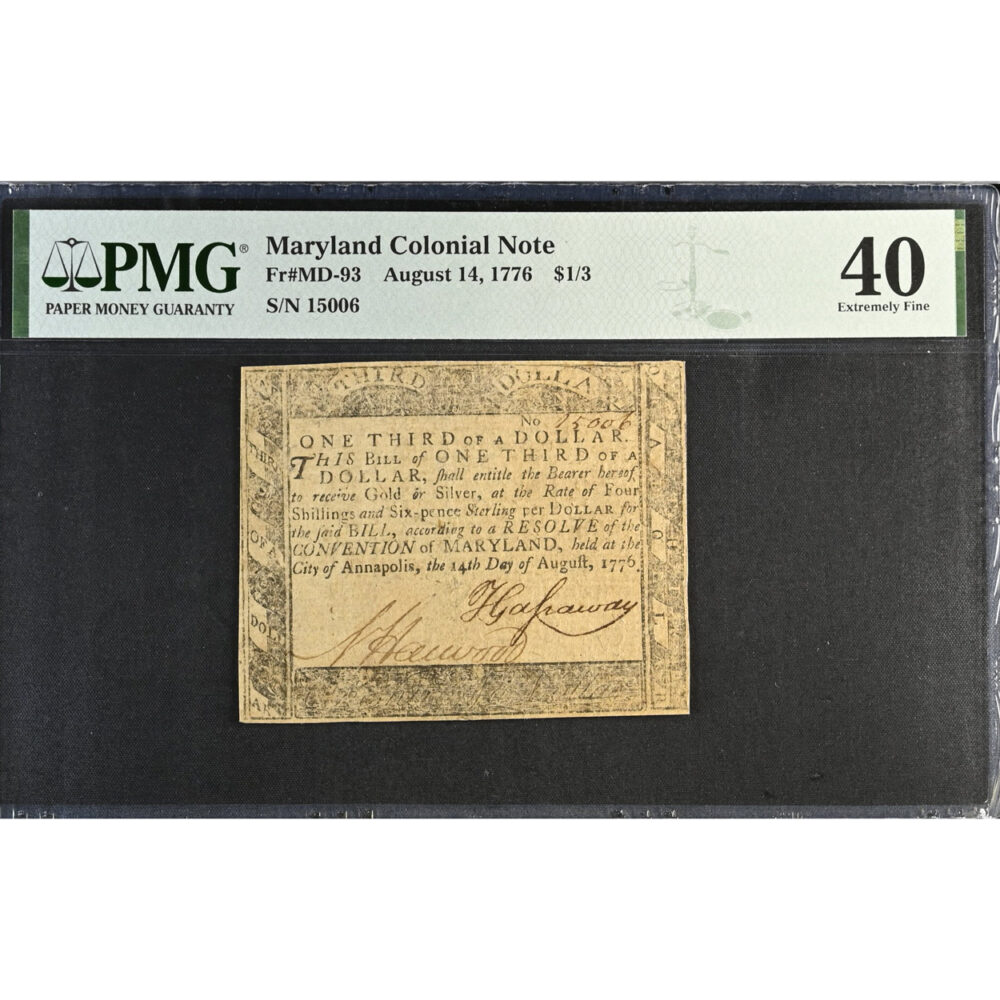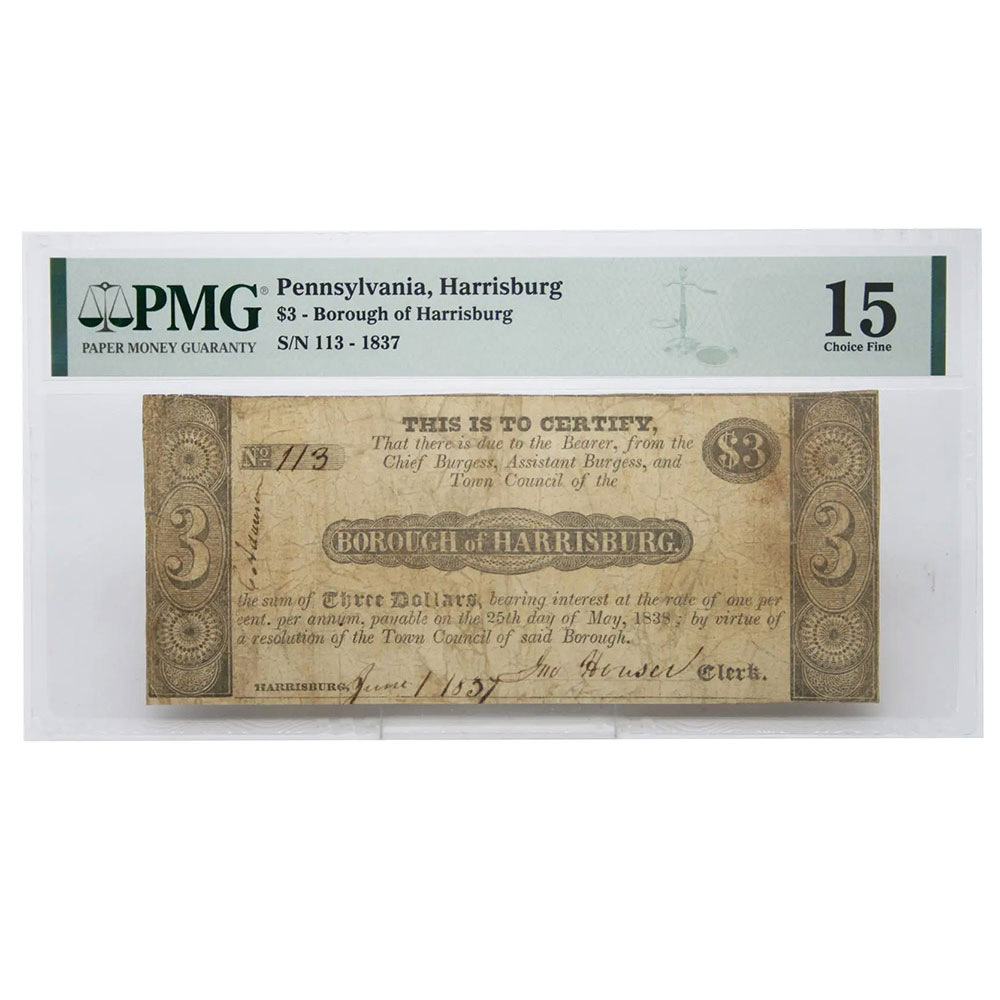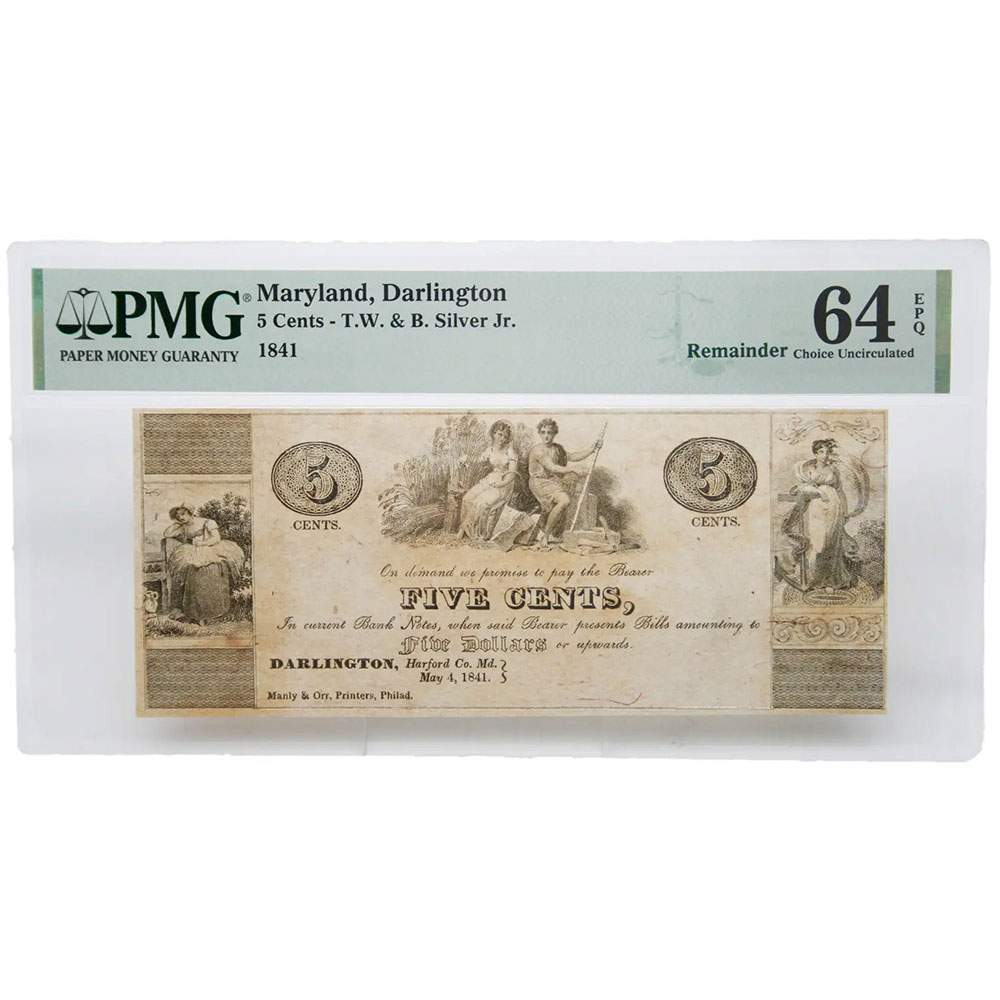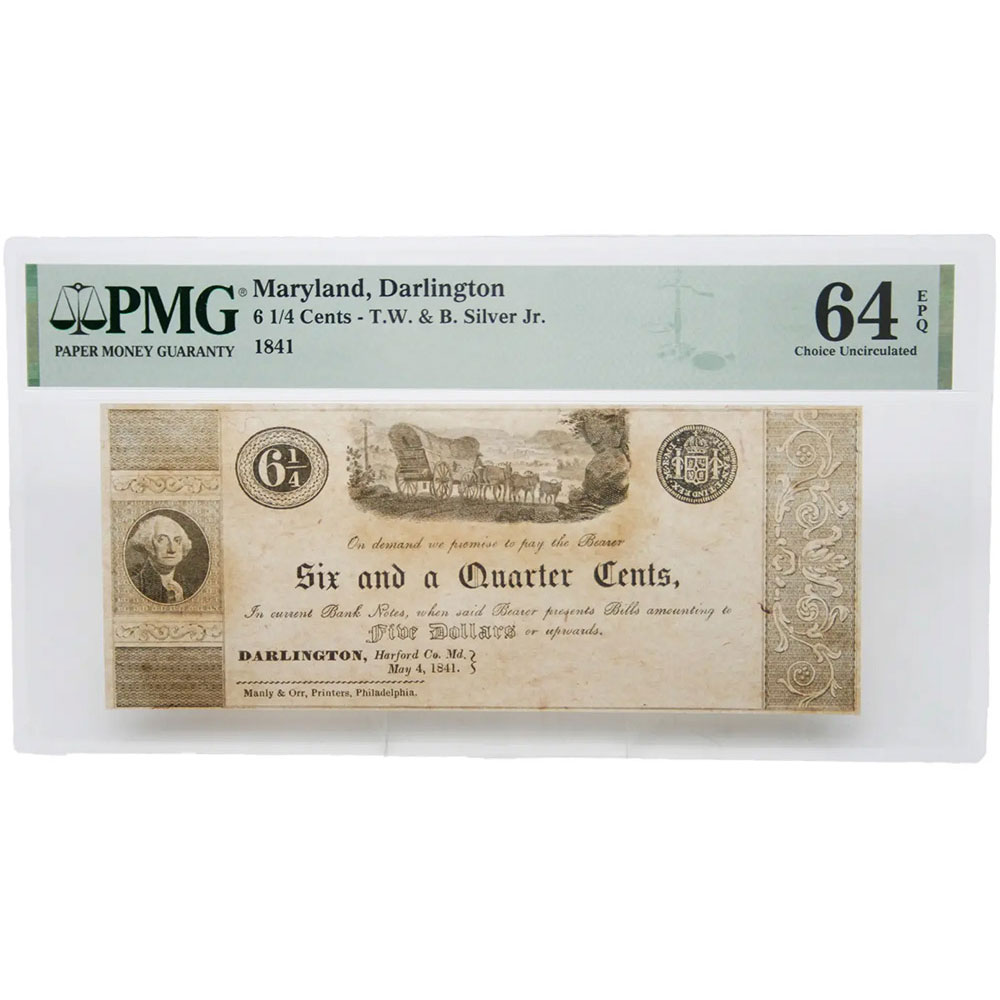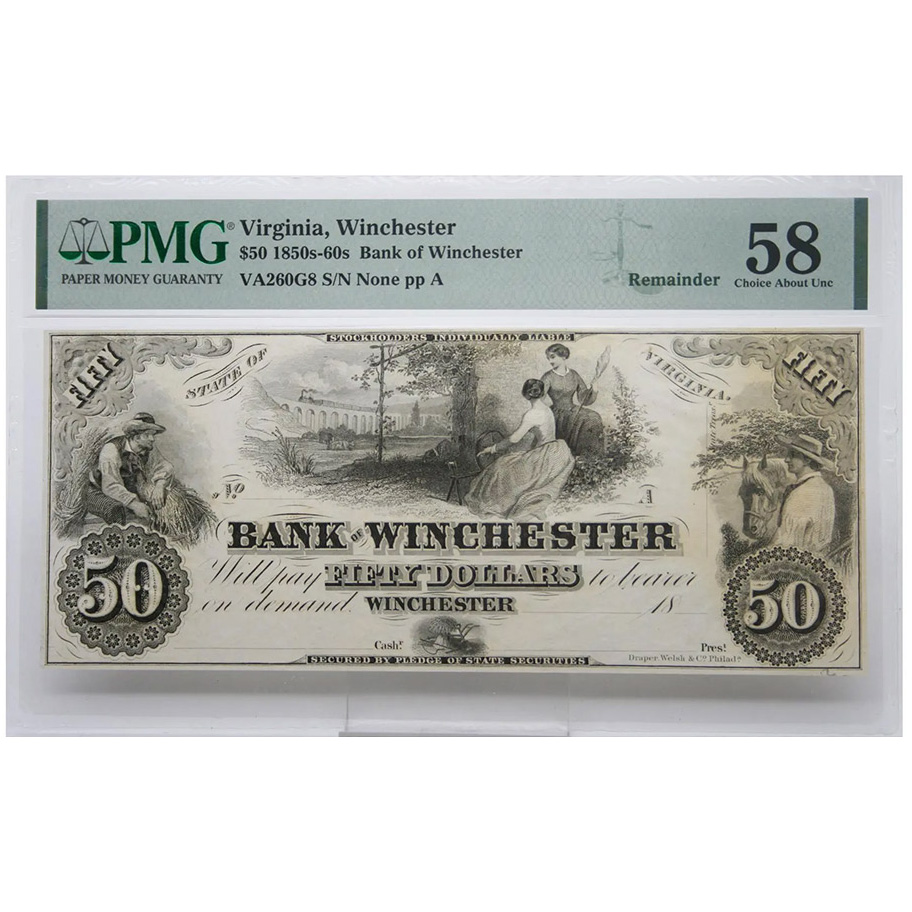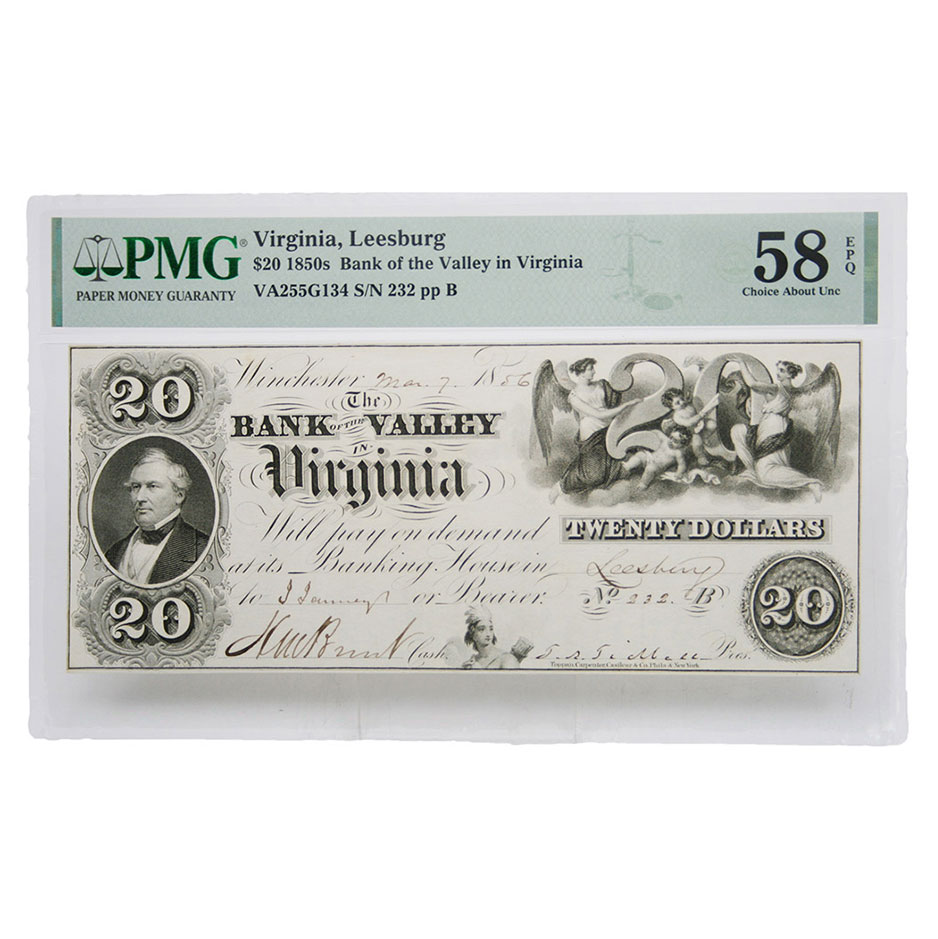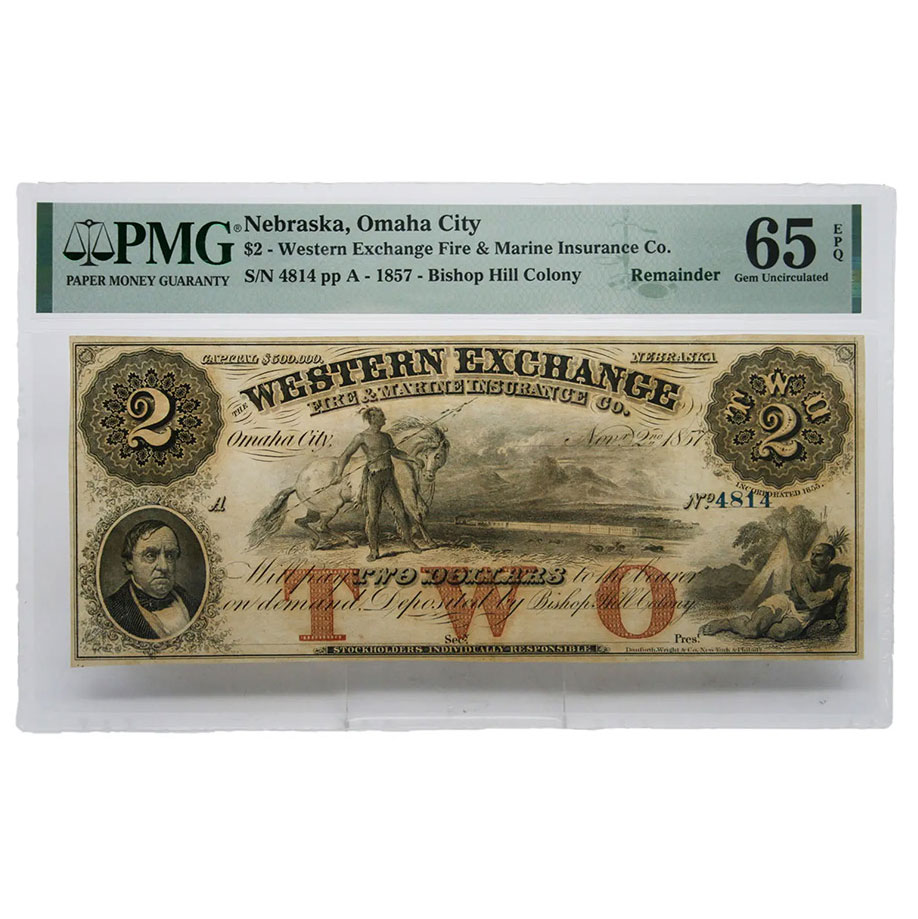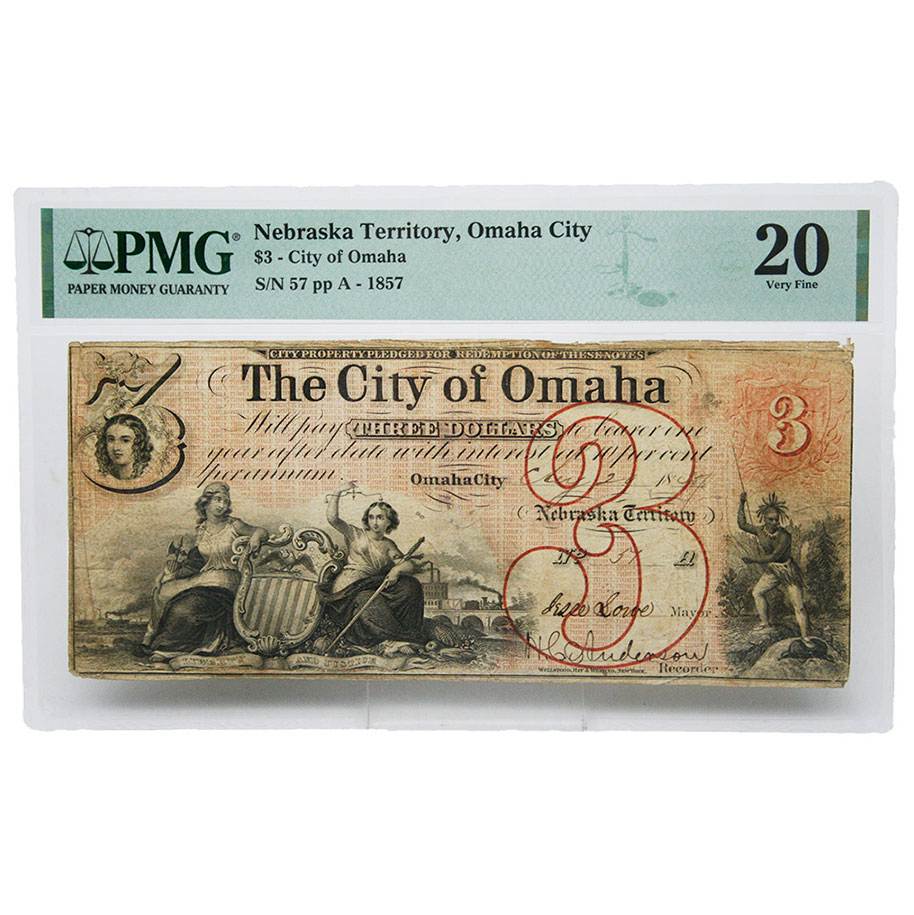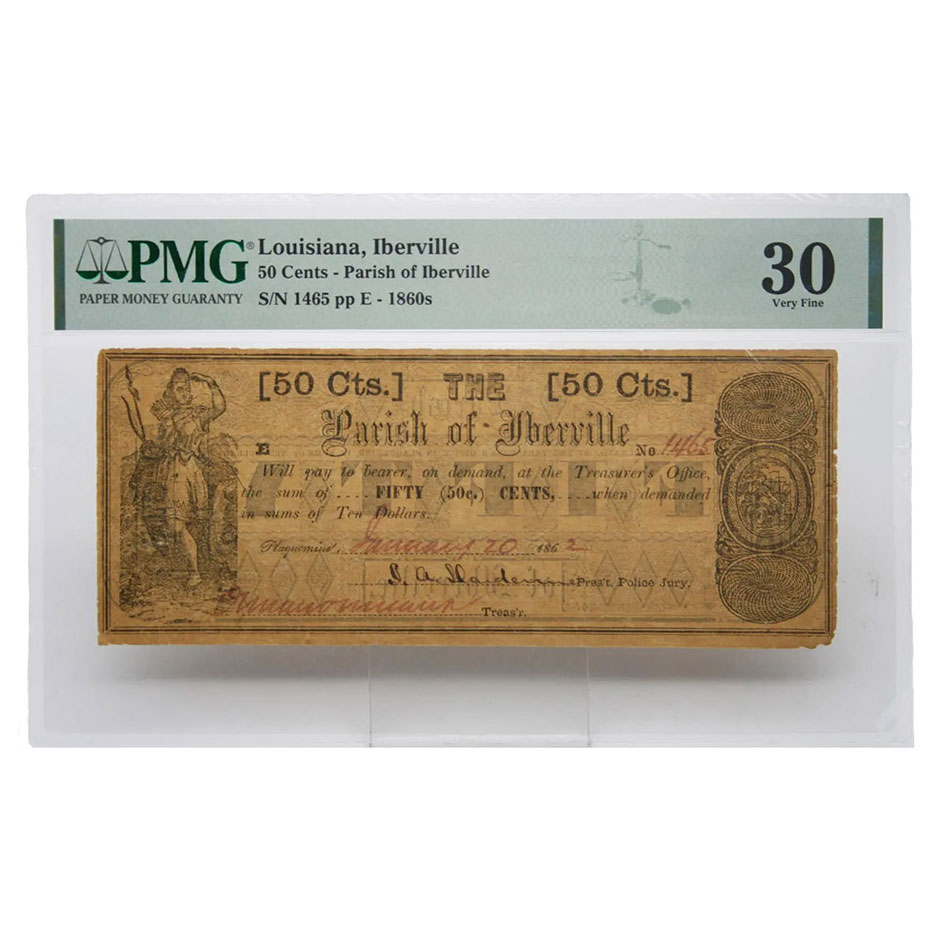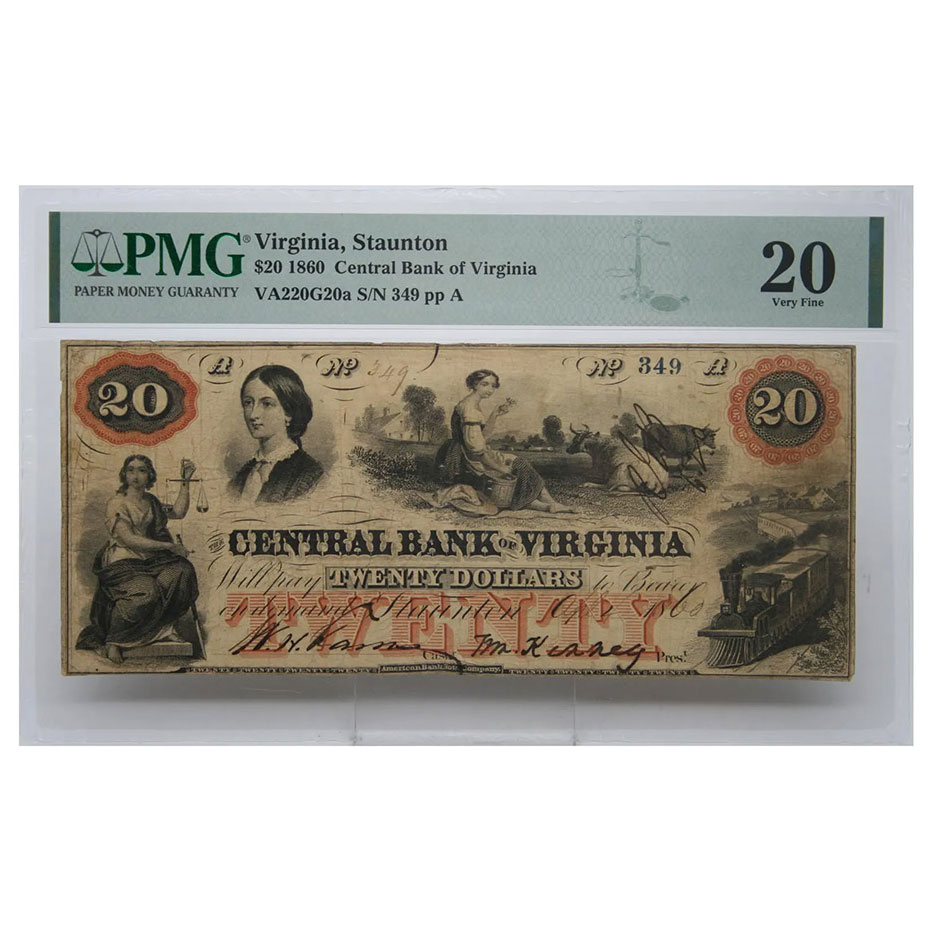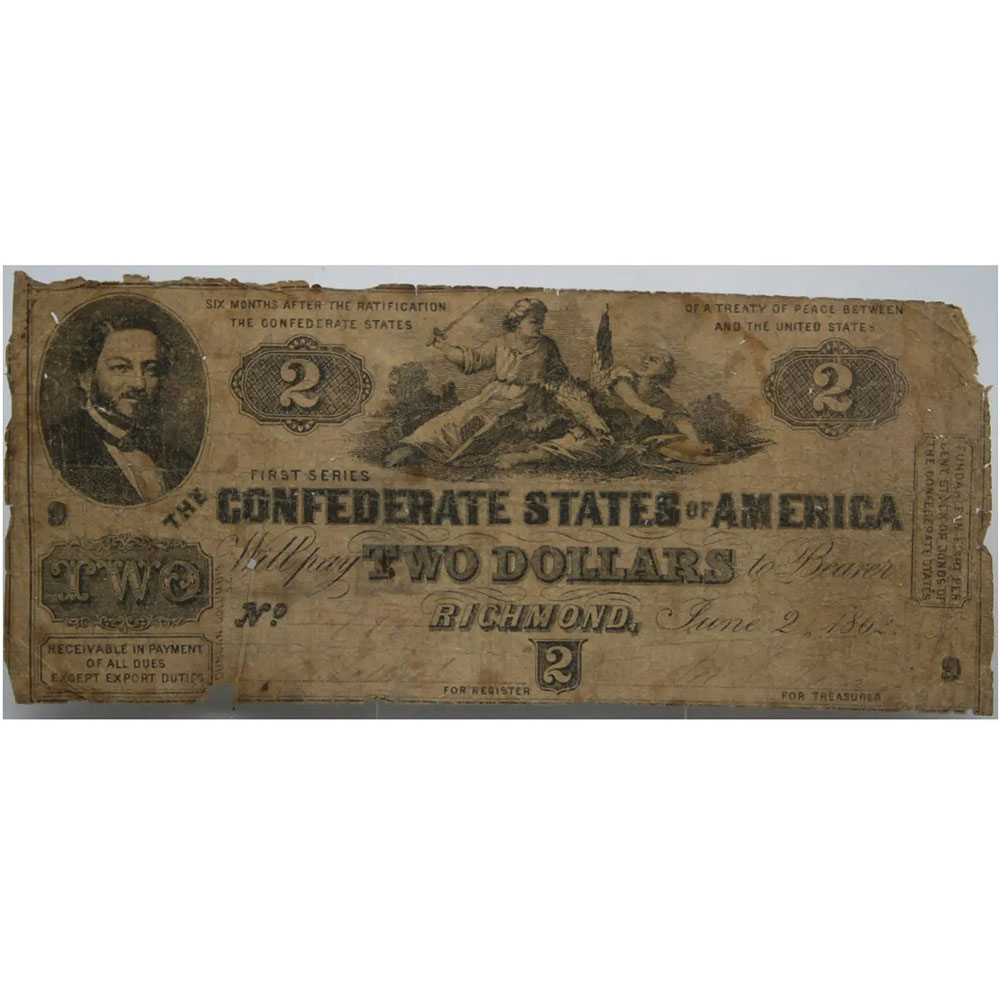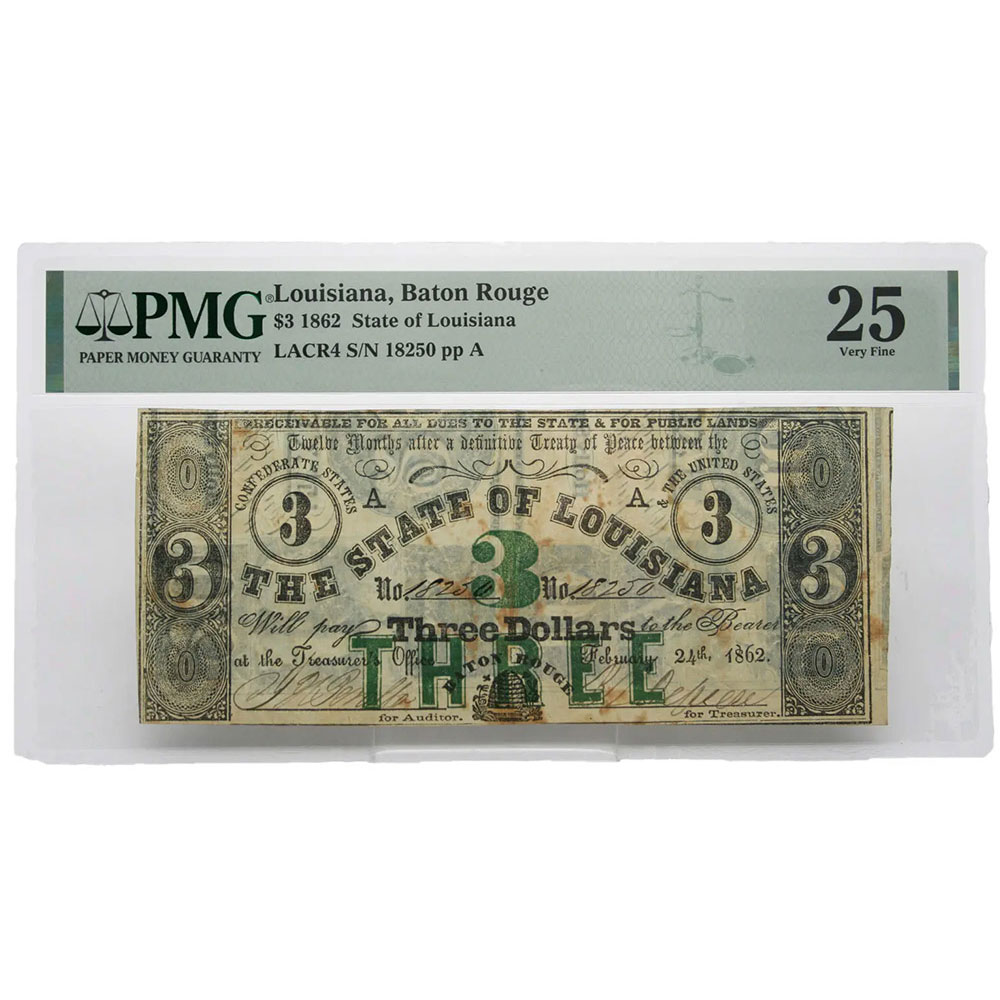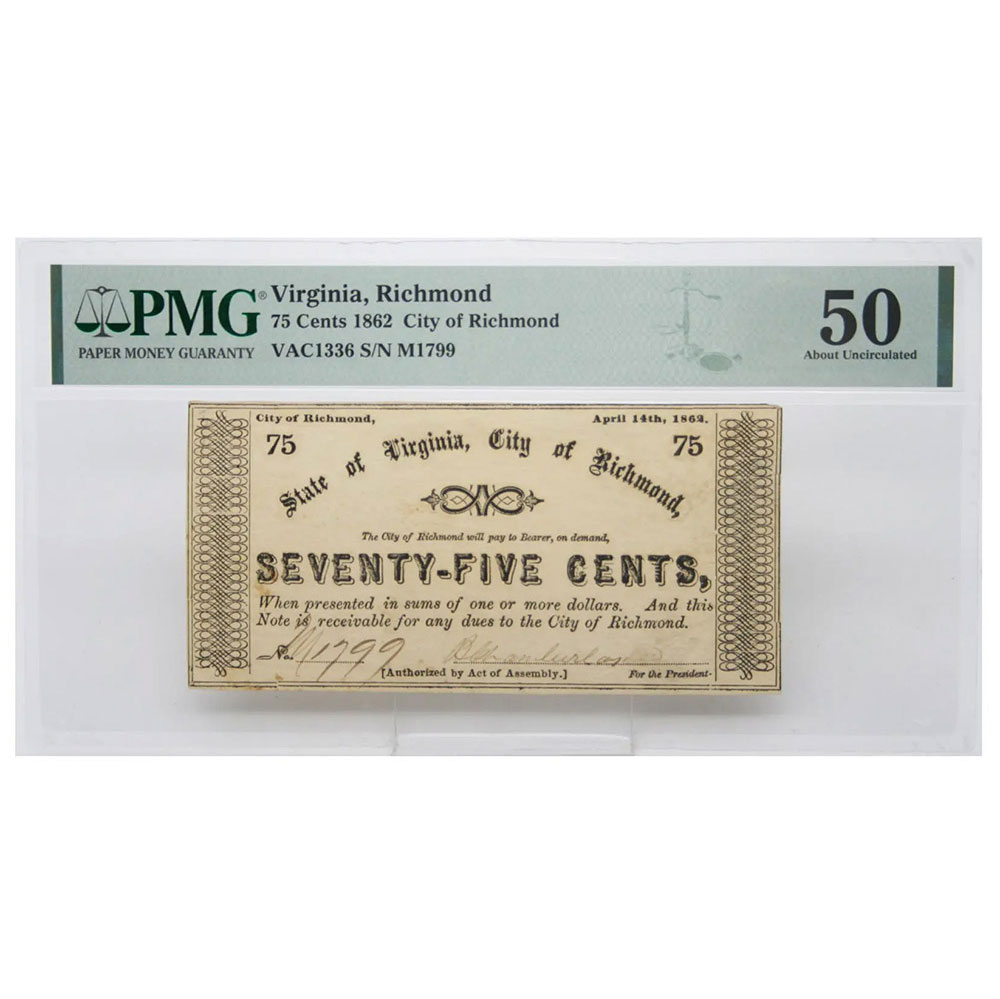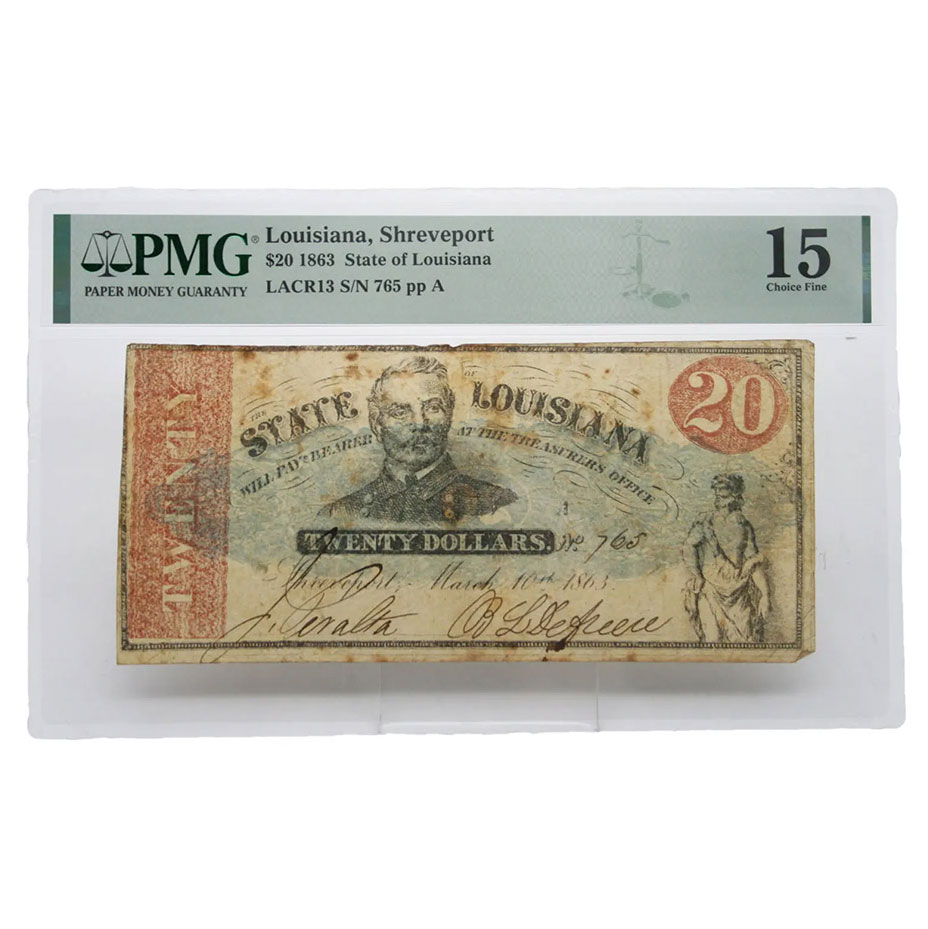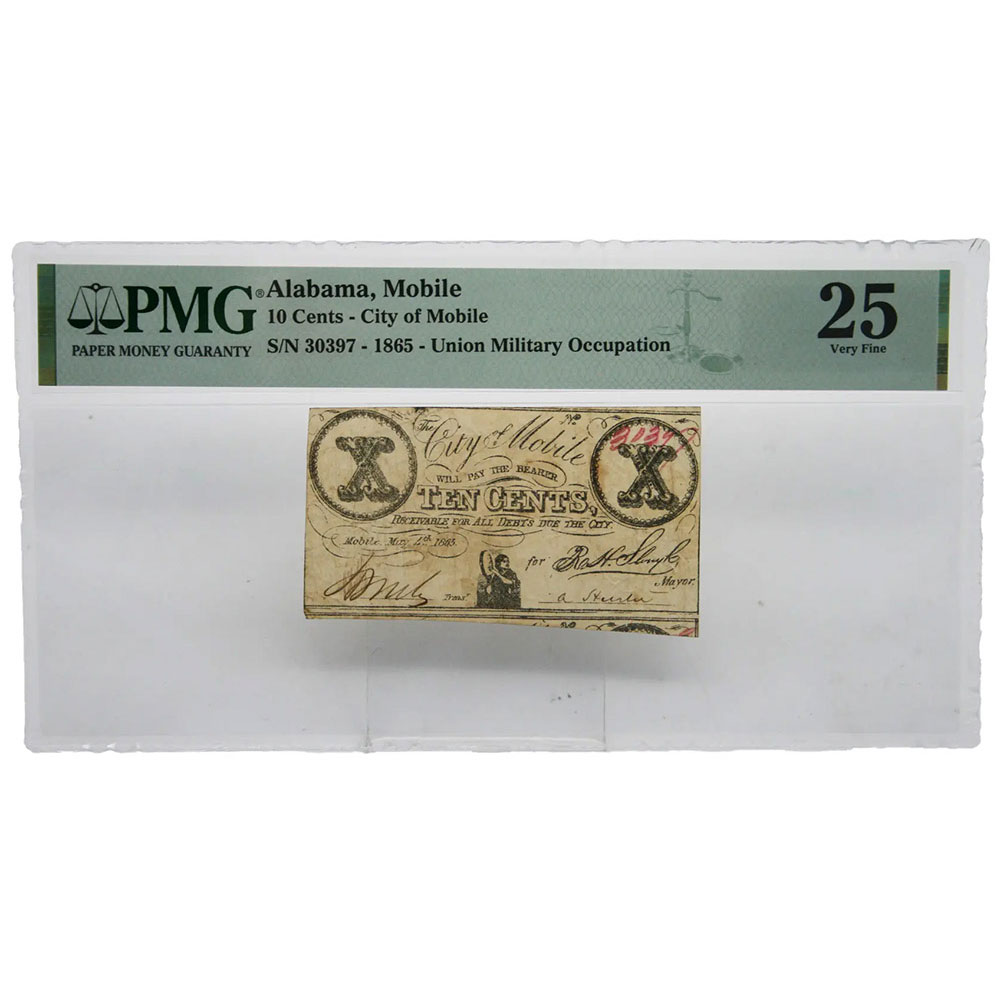U.S. Obsolete & Confederate Currency
The U.S. Obsolete & Confederate category brings together two historically important but very different segments of American paper money. Obsolete notes represent the diverse, decentralized banking era that existed before a unified national currency. Confederate notes document the financial struggle of the Confederate States during the Civil War.
Key Differences
-
Obsolete Currency
-
Issuer: State-chartered banks, railroads, merchants, municipalities.
-
Period: Late 1700s through the late 1860s (pre–National Bank era).
-
Scope: Thousands of different issuers and towns, including many odd denominations.
-
Status: Became obsolete when banks failed or federal/national currency took over.
-
-
Confederate Currency
-
Issuer: Central government of the Confederate States of America.
-
Period: 1861–1864 (Civil War years).
-
Scope: Standardized designs cataloged by Criswell T-numbers (T-1 to T-72).
-
Status: No modern redemption; collected purely for historical and numismatic interest.
-
U.S. Obsolete Currency
Obsolete bank notes are the paper footprint of the early American banking system. Each piece reflects a specific place, issuer, and moment in time: a town bank, a railroad project, a canal company, or a local merchant attempting to provide circulating medium before federal currency was standardized. The issuer line—state, town, and bank name—often determines whether a note is commonly encountered or genuinely scarce.
A key distinction within this material is issued notes versus remainders. Issued notes were hand-signed and usually serial-numbered for actual circulation, while remainders were left unsigned and often preserved in sheet form. Issued notes, especially from small or short-lived institutions, typically command stronger premiums. Design variety is extensive, ranging from classical allegorical figures and portraits to trains, ships, industrial themes, and local iconography, making the series attractive both historically and visually.
Obsolete Currency
-
Issuer Identification
-
Record state, town, and exact bank, company, or municipal name.
-
Note whether the issuer is a bank, railroad, merchant, or civic authority.
-
-
Issued vs. Remainder
-
Issued: hand-signed and usually serial-numbered for circulation.
-
Remainder: unsigned/unnumbered; often cut from stored sheets.
-
-
Denomination and Layout
-
Standard denominations ($1, $2, $5, etc.).
-
Odd denominations ($3, $4, 12½¢, etc.) can add interest and sometimes scarcity.
-
-
Paper and Printing Quality
-
Period rag paper with an older, fibrous feel (not bright, glossy modern stock).
-
Sharp, slightly raised engraved lines under magnification rather than flat or blurry printing.
-
Confederate Currency
Confederate currency represents the official paper issues of the Confederate States of America during the Civil War. These notes were created to fund government operations and military expenses under increasingly difficult economic conditions. Early issues tend to show better paper quality and engraving, while later issues reflect inflation, shortages, and heavy circulation.
Collectors typically classify Confederate notes by Criswell T-numbers, which group notes by denomination, design, and inscription. Within those types, individual notes can be distinguished by date, series, signatures, serial ranges, cancellations, and fiscal stamps. This combination of standardized cataloging and individual handwritten details creates an attractive field for both type collecting and deeper specialization in varieties and plate studies.
Confederate Currency
-
Type Identification
-
Match denomination, primary vignette, and wording to the correct Criswell T-number.
-
Record the printed date and series, where applicable.
-
-
Paper and Print Quality
-
Early issues: generally better, sometimes watermarked paper and sharper engraving.
-
Later issues: thinner, lower-grade paper, often more fragile and heavily used.
-
-
Signatures and Serials
-
Genuine notes show true pen strokes, ink flow, and natural variation from note to note.
-
Uniform “printed” signatures or serials are a key warning sign for reproductions or non-original pieces.
-
-
Cancellations
-
Cut cancels, punch holes, or large pen cancellations are common on redeemed notes.
-
Cancellations should be clearly described; uncancelled examples usually carry a premium.
-
-
Fiscal and Banking Markings
-
“Interest paid” stamps, bank stamps, and endorsements can add historical interest and help document usage.
-

